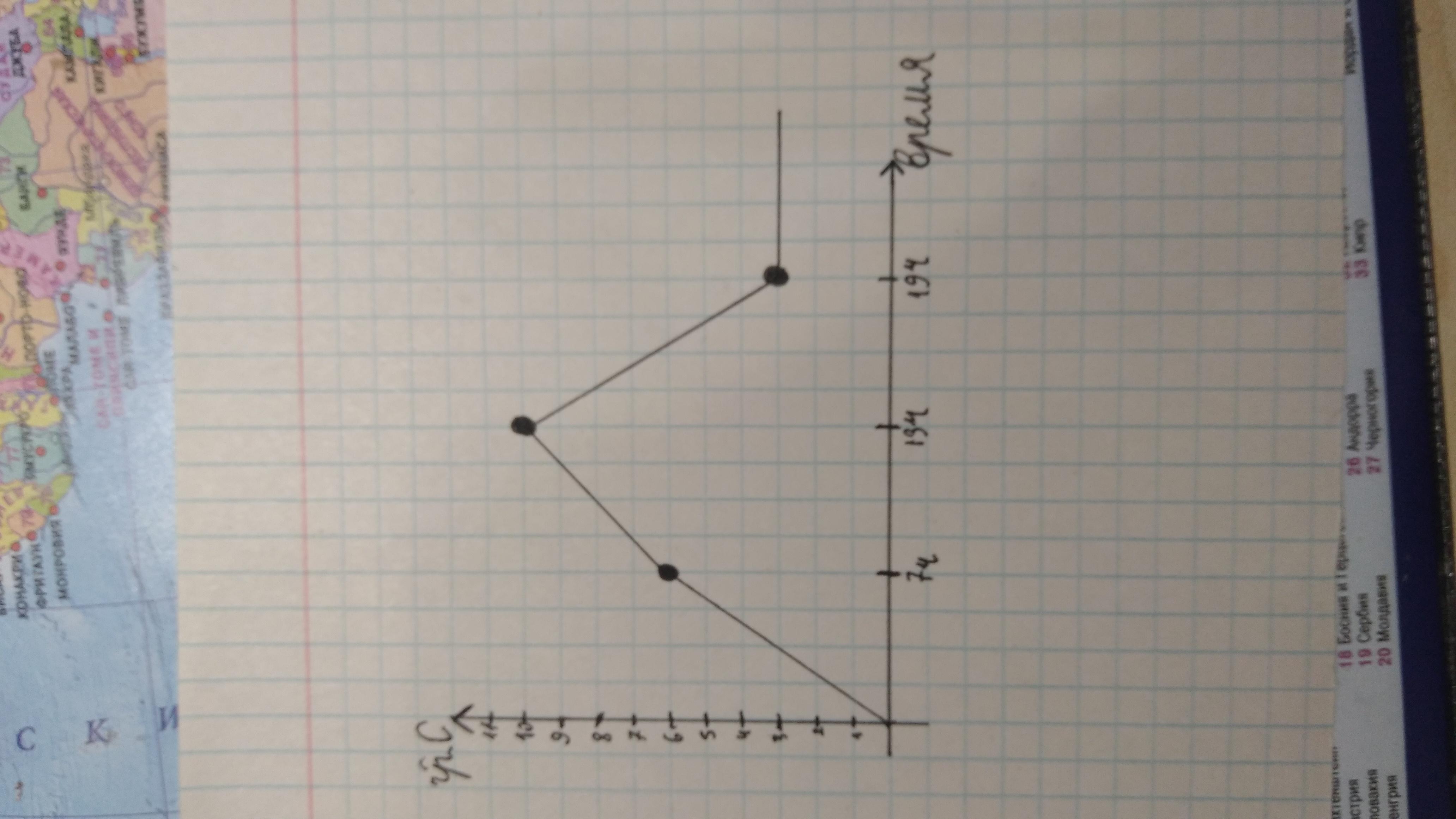Предмет: Биология,
автор: Аноним
помогите а и б пожалуйста
Приложения:

Ответы
Автор ответа:
1
ВЫВОД:
днем температура выше т.к солнце выше и греет сильнее, чем утром до 12 и вечером после 3-4 часов.
График приложен в jpg
Приложения:

Похожие вопросы
Предмет: Английский язык,
автор: jon38
Предмет: Українська мова,
автор: vladvladomir
Предмет: Русский язык,
автор: ВарейкитАнна
Предмет: Русский язык,
автор: angelina0998
Предмет: Алгебра,
автор: gshgsjs